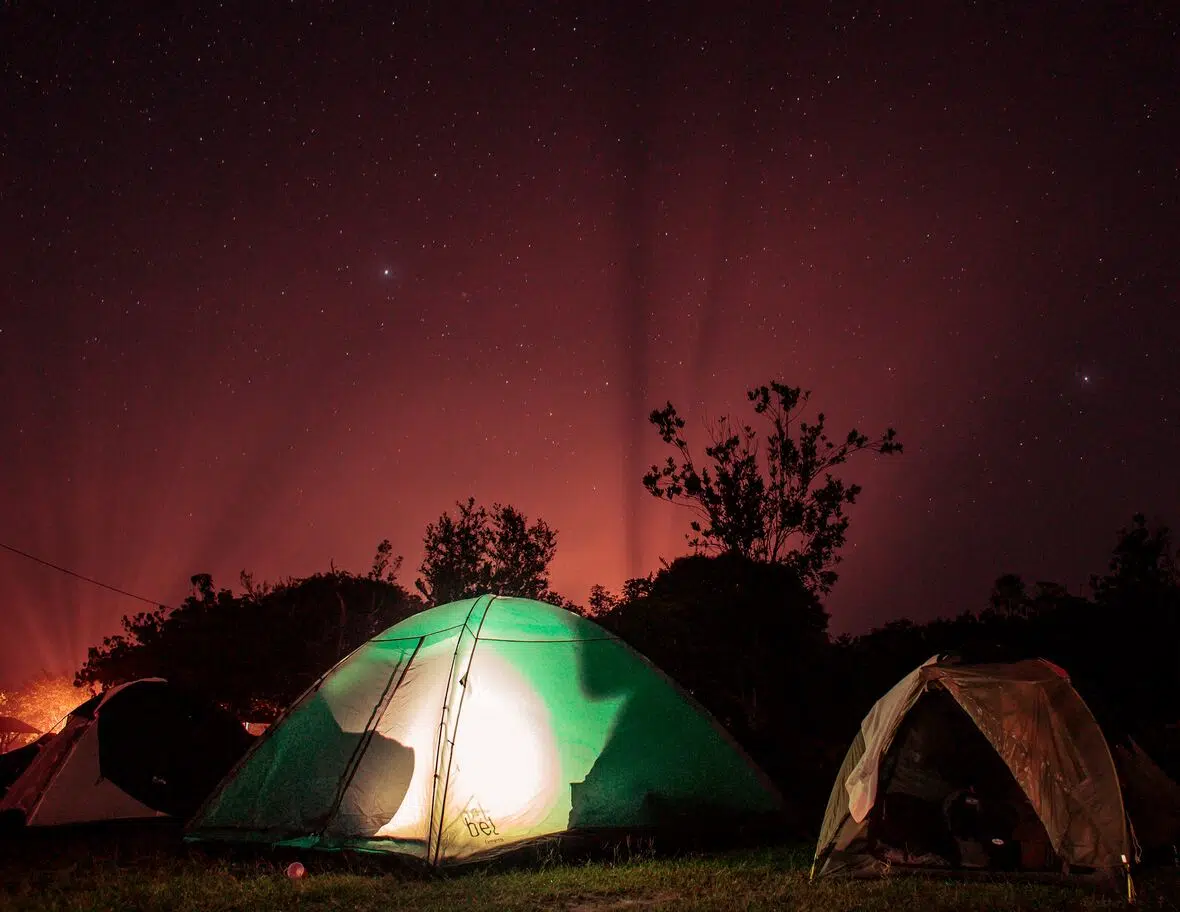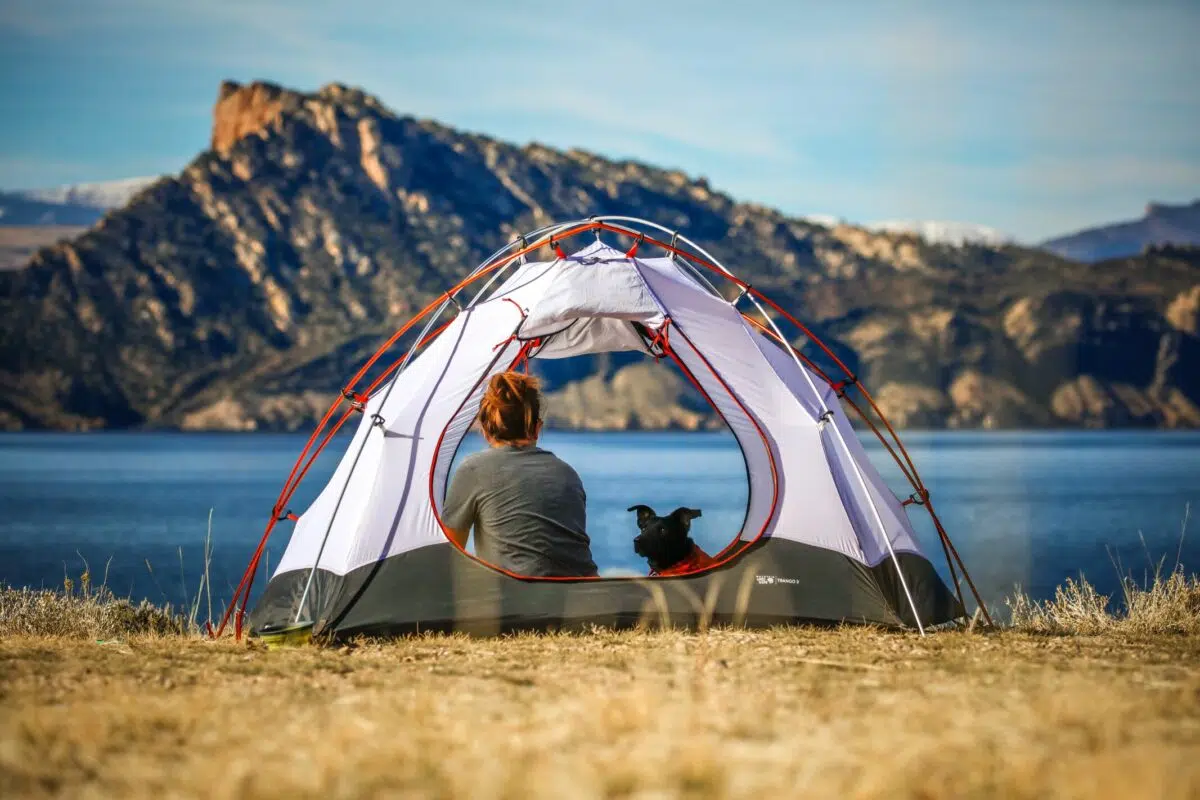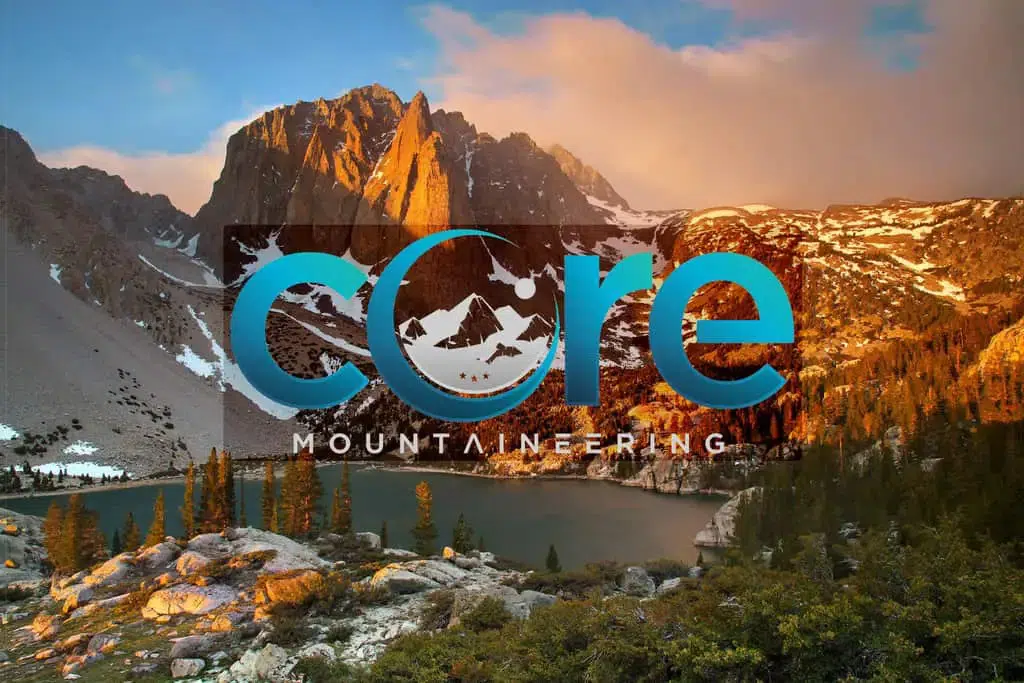
If you’ve ever been tent camping, you know there’s something magical about it. Think about the raw beauty, peaceful sceneries, and the feeling that a fantastic adventure is just around the corner. Looking for that perfect spot to pitch your tent? Or maybe just a leisurely hike?
This article will guide you through finding the perfect camping area, or if you are simply wandering the trails, these parks offer many experiences.
Why Go Tent Camping?

At its core, tent camping embodies simplicity and a return to our most basic instincts. Here’s a perspective to consider: Why do we crave vacations at exotic resorts or short excursions to hidden beach destinations? The answer lies in our intrinsic need to break free from urban confines and relish nature’s tranquility. Tent camping allows us to do just that but on a more intimate level.
Imagine a day when you wake up not to the loud alarm of your phone but to the gentle warmth of the rising sun. The sound of rustling leaves replaces the humdrum of traffic, and the air you breathe is pure and untainted. Instead of concrete skyscrapers, your eyes meet towering trees stretching towards the heavens.
And that stream you hear? It’s nature’s very own lullaby. In its purest essence, this form of camping strips away life’s complexities and offers a genuine retreat. It gets said a lot, but it’s important to reconnect with nature to rediscover yourself. Think of it as a kind of “reset” button from our everyday lives. Who wouldn’t want to experience such profound simplicity?
The History of Tent Camping
Now, here’s a topic that’s both intriguing and vast. Let’s embark on a journey back in time, shall we?
When we discuss the history of tent camping, it’s important to distinguish between the necessity of camping for survival and the recreational form of tent camping that we recognize today. Tent camping, in its earliest form, was essentially a survival strategy. Early humans were nomads; they moved from region to region for food and shelter. Tents made from animal hides and primitive materials provided them with mobile homes, if you will. They could quickly set up and dismantle these shelters, adapting to their transient lifestyle.
Over the centuries, as civilizations began to form and people settled in fixed areas, the tent remained a versatile shelter for explorers, warriors on battlefields, and traders on long journeys. Tent camping emerged as a recreational activity in the late 19th and early 20th centuries. With the advent of national parks and the push towards conservation, people began camping for the sheer joy of experiencing nature. The modern tent camping movement was born.
From the basic animal hides of our ancestors to the weather-resistant, lightweight materials of today’s tents, the evolution of tent camping is a testament to humanity’s enduring relationship with the outdoors. The concept of ‘camping for fun’ might seem modern, but the essence of it – seeking shelter and solace in nature – is an age-old practice. Fascinating, isn’t it?
Essential Gear for Tent Camping
You want to pack your bags and head to the wilderness. But hold on, just a minute. You might think, “It’s just a tent, right?” But there’s far more to camping gear than you may realize. Think of each piece of equipment as a member of a harmonious orchestra. Alone, they might not mean much. But collectively, they create an experience that is both enriching and safe. Below, we get into some of the core components of essential gear for tent camping.
Choosing the Right Tent
Picture this: You’re in a camping store, surrounded by various tents in various shapes and sizes. It’s a daunting task, akin to picking a new home. After all, for the duration of your trip, your tent is precisely that—a temporary home in the wilderness.
Firstly, size matters. If you’re camping solo, a two-person tent may suffice, but add a partner, kids, or friends to the equation, and you’ll need more space. Some tents even offer ‘rooms,’ separated by internal dividers for added privacy.
Secondly, consider the material of the tent. Nylon and polyester are commonly used due to their lightweight nature and water resistance. Don’t forget to check the seams and zippers, as these are common points of failure in heavy weather.
Weather resistance is also a crucial factor. Check the season rating of the tent. A 3-season tent should cover you for most conditions, but if you’re camping in extreme weather, a 4-season tent is advisable. Think of your tent as a cocoon—it should be a shelter that protects you from whatever Mother Nature throws your way. Make sure it is strong, durable, and up to the task.
Must-Have Accessories
You’re good to go now that you have your tent, right? Not quite. Alongside your tent, there’s a laundry list of must-have accessories that are essential for a successful and enjoyable camping experience.
- Hiking Backpack: Before we get into the nitty-gritty of individual items, let’s talk about where you’ll be stashing them. A hiking backpack is essential. These are designed specifically for outdoor adventures, with multiple compartments and ergonomic design to distribute weight. They’re built to endure the elements, ensuring your belongings stay dry. For more information, this is an excellent guide for them.
- Flashlight: Once the sun goes down, you’re at the mercy of the dark. A reliable flashlight can guide your steps, whether you’re navigating to the washroom or searching for something in your tent. Headlamps are also a good hands-free option.
- Portable Stove: Cold meals won’t do when you’re braving the great outdoors. A portable stove can be a game-changer, providing you with warm meals that boost morale and energy.
- Sleeping Bag: Have you ever tried sleeping without proper insulation? It’s a shivering experience. A comfortable sleeping bag is not just for comfort but also a necessity for keeping warm in colder conditions.
- First-Aid Kit: Cuts, scrapes, and minor injuries are a given when you’re out in the wild. A first-aid kit equipped with the basics (antiseptics, bandages, pain relievers) is indispensable.
- Water Filtration: Unless you know a clean water source, carrying a water filtration device or purification tablets is wise.
- Map and Compass: Even in the age of smartphones, old-school navigation tools are crucial. Batteries die, but a map and compass are forever reliable.
- Dry Bags: These will keep all your gear clean and dry. The best part is they are almost indestructible, with no moving parts.
Remember, it’s the little things that count. Each accessory plays a pivotal role in shaping your camping experience. Overlooking even one could mean the difference between a memorable outing and a disastrous one.
Each piece of gear has a specific role to play in your camping trip. Ensuring you have the right items is just as crucial as choosing the right destination. After all, wouldn’t you want to be fully prepared when embracing Mother Nature in all her glory?
If you’re planning on taking your family camping, check out this family camping checklist to help guide your packing.
Preparing for Your Trip
Embarking on a tent camping trip isn’t just about packing your gear and hitting the road. The essence of a good camping experience often lies in meticulous preparation. Before you dive into this thrilling escapade, some groundwork is in order. Let’s look at what it entails.
Location Selection: Where to Camp
Selecting the perfect camping location can often feel like finding a needle in a haystack. Ever heard the saying, “Location, location, location?” While it’s predominantly a real estate mantra, it holds tremendous weight in the camping world.
While every state park boasts its unique charm, the campgrounds within them can vary significantly. Some are tailor-made for RV campers, offering amenities like electric hookups, while others cater to the minimalist camper with just a tent and a backpack.
Selecting a campsite goes beyond just finding a flat piece of ground. Proximity to water, the level of shade, and distance from neighboring campers all play a role. Moreover, some sites are closer to firewood supplies, ensuring you’re not left in the cold when the sun sets.
- Purpose of Trip: Begin with defining the purpose of your trip. Are you looking for a tranquil retreat by the lakeside or craving a high-altitude mountainous challenge? Your answer will narrow down the potential sites.
- Accessibility: Ensure that the camping site is accessible on how you plan on getting there. Consider the elevation, the trail’s difficulty, and the experience level if you’re hiking.
- Amenities: While some campers prefer rugged, back-to-basics sites, others might want campsites with amenities like restrooms, showers, and potable water sources.
- Safety: Research the wildlife in the area. Know what creatures you might encounter and how to deal with them. Ensure the site is free from risks like landslides, floods, or forest fires.
- Regulations: Some locations require camping permits or have specific campfires and waste disposal rules. It’s essential to be aware and respectful of these regulations.
From sun-kissed beaches to forest glades, from desert plains to snowy terrains—the right camping spot will amplify your overall experience. Remember, the joy of camping isn’t just in the destination but also in the journey of finding that perfect spot!
Weather Considerations
Weather isn’t just a casual topic of conversation; it’s a crucial component of camping preparation. Like how we often check the day’s forecast before heading out? The same (if not more) diligence applies to camping.
- Temperature Extremes: Make sure you’re prepared for the lows and highs. From ensuring you have a suitable sleeping bag for cold nights to packing adequate sunscreen and light clothing for the day, temperature variations dictate your gear.
- Precipitation: Be it rain, snow, or hail, unexpected water from the sky can dampen your spirits if unprepared. Waterproof your tent, and pack rain gear and extra socks.
- Wind: High winds can be troublesome, especially in open areas or mountain tops. Ensure your tent is staked firmly and carry windbreakers.
- Local Phenomena: Some areas have specific weather occurrences, like sudden desert temperature drops or mountain afternoon thunderstorms. Familiarize yourself with these nuances to stay ahead of the curve.
- Backup Plans: Always have a contingency for inclement weather. Know where you can take shelter in an emergency or if there are nearby indoor activities to wait out a storm.
The adage “Hope for the best, prepare for the worst” rings true in the camping world. Your ability to anticipate and adapt to Mother Nature’s whims will ensure your safety and enhance the overall enjoyment of your adventure.
The magic of tent camping often lies in the surprises and challenges the wilderness throws your way. While the thrill of unpredictability is undeniable, being adequately prepared can make your journey smoother, safer, and more enjoyable. So, do your homework, pack wisely, and let nature do the rest!
Safety Tips
Venturing into the great outdoors is a fun experience filled with fresh air, stunning views, and the thrill of the unknown. However, it’s essential to remember that the wilderness, as captivating as it is, has its challenges and dangers.
When venturing into the woods, it’s crucial to remember that we are guests in the home of Mother Nature’s creatures. For harmonious coexistence, a few precautions are essential. Always store food in sealed containers, elevated if possible, as animals, especially bears and raccoons, are lured by scents. While the allure of observing wildlife up close is undeniable, maintain a respectful distance; binoculars can provide a closer view without encroachment.
Refrain from feeding them—what might seem like a small gesture can induce aggression and reliance on human provisions. Familiarize yourself with the local fauna and their behaviors, for knowledge equips you with the tools to interact safely. And in the rare instance you find yourself face-to-face with wildlife, remain calm, avoiding sudden movements or loud noises, as reactions vary across species. Knowledge and respect are the cornerstones of a safe and fulfilling wilderness experience.
Fire Safety and Camp Cooking
There’s nothing like a campfire to set the mood, but with that comforting warmth comes responsibility.
- Pick the Right Spot: Always set up your campfire away from trees, shrubs, and tents. Look for a clear area with no overhead branches.
- Keep it Contained: Use a fire ring or pit. If one isn’t available, create a makeshift ring with stones.
- Never Leave it Unattended: A gust of wind or a stray twig can quickly escalate a small fire. Always have someone watching it.
- Extinguish Completely: Before sleeping or leaving the site, ensure the fire is completely out. Douse with water, stir the ashes, and douse again.
- Cook Safely: If you’re cooking over the fire, use long utensils and wear fire-resistant gloves. Ensure pots and pans are stable to prevent spills and burns.
Remember, as Smokey the Bear wisely says, “Only you can prevent forest fires!”
Making the Most of Your Experience
While safety is paramount, the essence of tent camping lies in the experiences and memories you create.
Engaging with Nature
Imagine a quiet afternoon in the heart of a woodland. The sunlight filters through the trees, casting playful shadows as the leaves sway with the breeze. It’s like they’re all grooving to nature’s soundtrack. With the soft sound of leaves and the calming flow of a nearby stream, it’s hard not to feel completely refreshed and at peace.
Yet, the allure doesn’t end with passive observation. Nature beckons us to engage actively – to embark on mindful walks, absorbing every nuance it offers. Each step taken becomes an exploration, a chance to notice the unique footprints etched in the soft earth, hear the melodic chirping of birds, or marvel at the intricate patterns crafted on each leaf. It’s a sensory feast, allowing us to rediscover the world through refreshed eyes and heightened senses.
In essence, while the practicalities of tent camping—like safety—are crucial, these grand and subtle immersive experiences truly define our experience.
Wrapping Up Tent Camping
As more and more people rediscover the joy of camping, our state parks stand as a testament to the beauty of the great outdoors. So whether you’re a seasoned camper or a newbie, remember the basics: choose the right campground, respect your campsite, and practice sustainable firewood use.
This article originally appeared on Savoteur.

Troy De Ville is an outdoor backpacking enthusiast and founder of Core Mountaineering and Carmel Bay Coffee. His passion for the outdoors began when he was young and has only grown over the years. He’s been able to explore some of the wildest and most beautiful places on earth. His mission is to inspire others to get out there and experience nature in all its glory.


